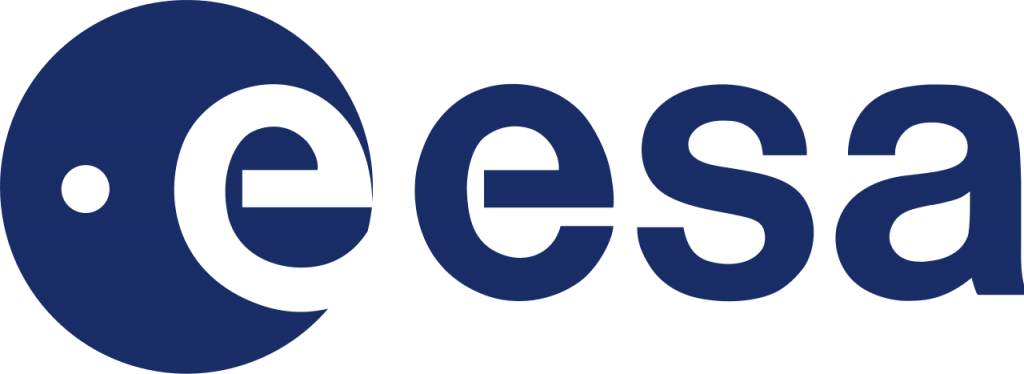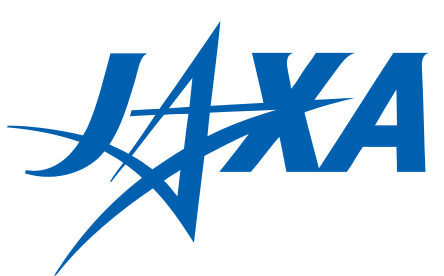ESA
ESA is the space agency federating 22 European countries, mainly but not exclusively members of the European Union. It was founded in 1975 to centralize the efforts of nations but leaves freedom to join the various programs. In addition, each member keeps their national space agency (CNES, DRL, ASI) and can develop their own projects or create partnerships with outside countries.
Three flagship projects were selected for the agency’s beginnings and placed under the supervision of a country. There is the Marots project in the United Kingdom which will become Inmarsat and which will allow the development of a satellite maritime communication network. Germany had the Spacehab laboratory module program in the American space shuttle, which ended with the arrival of the ISS. Finally France had Ariane launchers which became the world leader in commercial satellite launches. Over time, ESA has also developed a large number of exploration missions to various objects in the solar system.
JAXA
The Japanese aerospace exploration agency (JAXA) was only founded in 2003 but is the result of the merger of three already existing agencies. ISAS was developing scientific satellites and probes. NASDA which brings together Japanese launchers of the H-II family and future H-3, but also the manned space program. The NAL laboratory which performs aeronautical research work. Today, JAXA has a large manned space program, with the largest ISS laboratory (Kibo) and the HTV spaceship. The launchers are fired from Tanegashima on an island in the south of Japan, but have never penetrated the commercial market. On the exploration side, Japan has developed expertise in the exploration of asteroids and continues to maintain an orbiter around Venus. The latter constantly monitors its various atmospheric phenomena.

